Retro Replay Review
Gameplay
Close Combat: Wacht am Rhein places you in command of American or German forces during the pivotal Ardennes offensive of December 1944. The real‐time tactical system emphasizes unit cohesion, morale, and terrain advantages, encouraging you to think like a battalion commander rather than simply massing infantry or armor. Each soldier reacts independently to threat, fatigue, and orders, meaning a well–timed flank or artillery barrage can break enemy morale almost as effectively as sheer firepower.
(HEY YOU!! We hope you enjoy! We try not to run ads. So basically, this is a very expensive hobby running this site. Please consider joining us for updates, forums, and more. Network w/ us to make some cash or friends while retro gaming, and you can win some free retro games for posting. Okay, carry on 👍)
The inclusion of over 70 scenarios ensures a varied tactical experience, from small‐scale reconnaissance missions to massive set‐piece battles across the snow‐drenched forest. You can fine‐tune each engagement by selecting difficulty levels, weather conditions, and force compositions. The pacing remains dynamic, with periods of careful buildup punctuated by sudden bursts of action when enemy reinforcements or ambushes appear.
Beyond single‐player missions, the strategic map layer lets you link scenarios into a mini‐campaign, deciding which objectives to pursue and how to allocate scarce resources. This enlarged strategic map, composed of 64 hand‐drawn maps, adds a layer of operational planning normally reserved for grand strategy titles. Combined with hotseat and PBEM multiplayer support, Wacht am Rhein becomes a deep study in maneuver warfare.
Graphics
Although Close Combat: Wacht am Rhein retains its classic, top‐down 2D art style, the remake brings a fresh coat of paint to unit sprites, terrain textures, and interface elements. Snow, mud, and foliage appear more distinct than in earlier installments, helping you quickly identify cover, choke points, and open ground. Each building and tree line is hand‐drawn, lending the battlefield a model‐ville charm without sacrificing clarity.
The user interface has been modernized for compatibility with high‐resolution displays, making tooltips, unit statuses, and command buttons crisp and easy to read. Animations for small‐arms fire, explosion effects, and vehicle movement are smoother than ever, while improved zoom levels allow for both a strategic overview and close‐up inspection of individual squads. The result is a pleasing blend of classic tactical presentation and contemporary polish.
Weather effects play a subtle but crucial role in visual immersion: snowfall gently accumulates on vehicles, while fog and darkness limit sightlines, reinforcing the tactical challenges of winter warfare. Underneath the aesthetic enhancements, the graphical update maintains the original’s clarity of information—friendly and enemy units remain distinct at a glance, ensuring that visual appeal never comes at the expense of functional readability.
Story
Strictly speaking, Close Combat: Wacht am Rhein doesn’t weave a narrative through cutscenes or voiced dialogue. Instead, the story unfolds organically through scenario briefings and battlefield events, reflecting the chaos and uncertainty faced by soldiers during the Ardennes offensive. Each mission’s objectives, from escorting convoys to holding key crossroads, reinforce the larger strategic struggle between Hitler’s last gamble and the Allies’ desperate defense.
The historical framing is meticulous: battle maps are based on real terrain, unit rosters reflect authentic World War II organization, and scenario progressions echo the ebb and flow of the actual campaign. You may find yourself reliving the desperate defense of Elsenborn Ridge or the German drive toward Bastogne, each scenario capturing a fragment of the larger Battle of the Bulge. While there’s no single protagonist, the ebb of victory and defeat across multiple missions delivers a compelling narrative arc.
Supplementing the scenarios are detailed briefing screens, archival photographs, and period‐accurate descriptions of unit strengths and dispositions. This depth of research enhances immersion, making you feel less like you’re playing isolated skirmishes and more like you’re steering a broader historical contest. For history buffs and armchair generals alike, Wacht am Rhein’s approach to storytelling resonates through every map and order.
Overall Experience
Close Combat: Wacht am Rhein strikes an excellent balance between accessibility for newcomers and depth for series veterans. The updated AI is more responsive and unpredictable, providing challenging opposition that adapts to your tactics without feeling unfair. Beginners can rely on tutorial scenarios to learn the ropes, while seasoned tacticians will appreciate the nuanced morale model and operational map choices.
Replayability is a standout feature: with over 70 standalone scenarios, multiple campaign paths on the strategic map, and robust multiplayer options, you’re unlikely to exhaust its content quickly. The compatibility with modern operating systems means you can jump into these winter battles without hacking a legacy install, and a healthy modding community offers further expansions and tweaks.
Though the graphics remain rooted in 2D, the visual and interface enhancements ensure the game looks and feels at home on contemporary setups. The lack of a scripted storyline may disappoint those seeking cinematic flair, but the authenticity and depth of the tactical gameplay more than compensate. For anyone interested in World War II tactics or the Close Combat series, Wacht am Rhein delivers a rich, immersive, and thoroughly satisfying experience.
 Retro Replay Retro Replay gaming reviews, news, emulation, geek stuff and more!
Retro Replay Retro Replay gaming reviews, news, emulation, geek stuff and more!
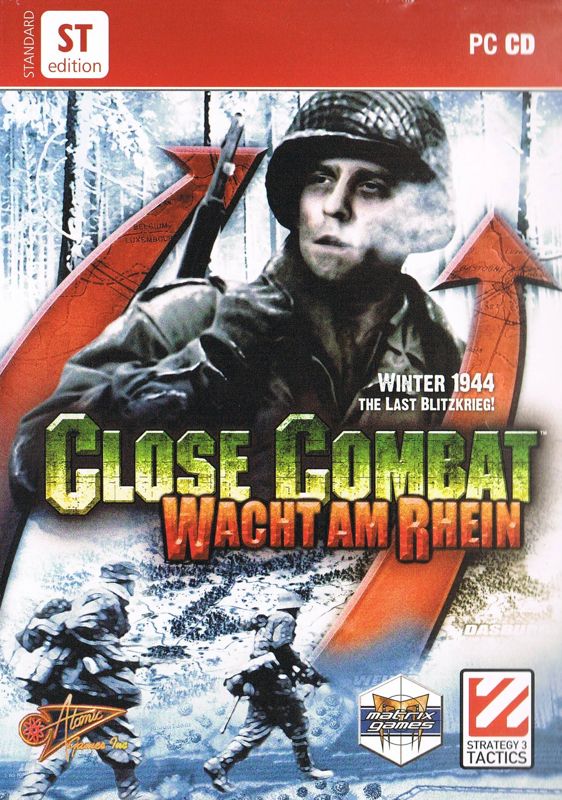
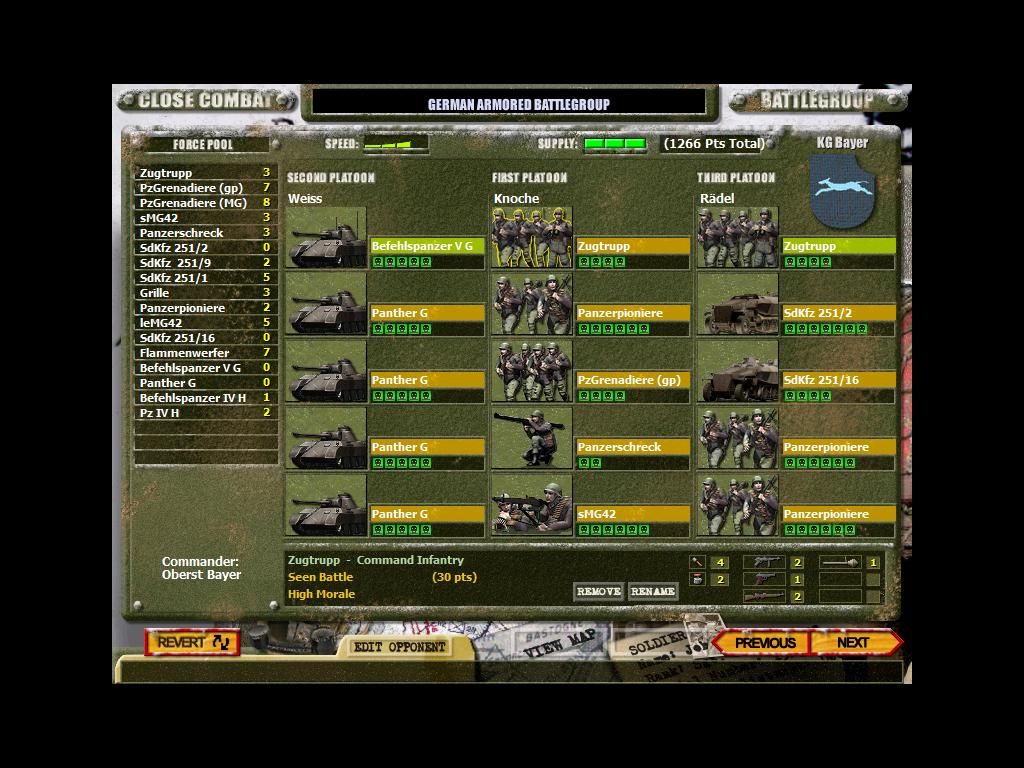
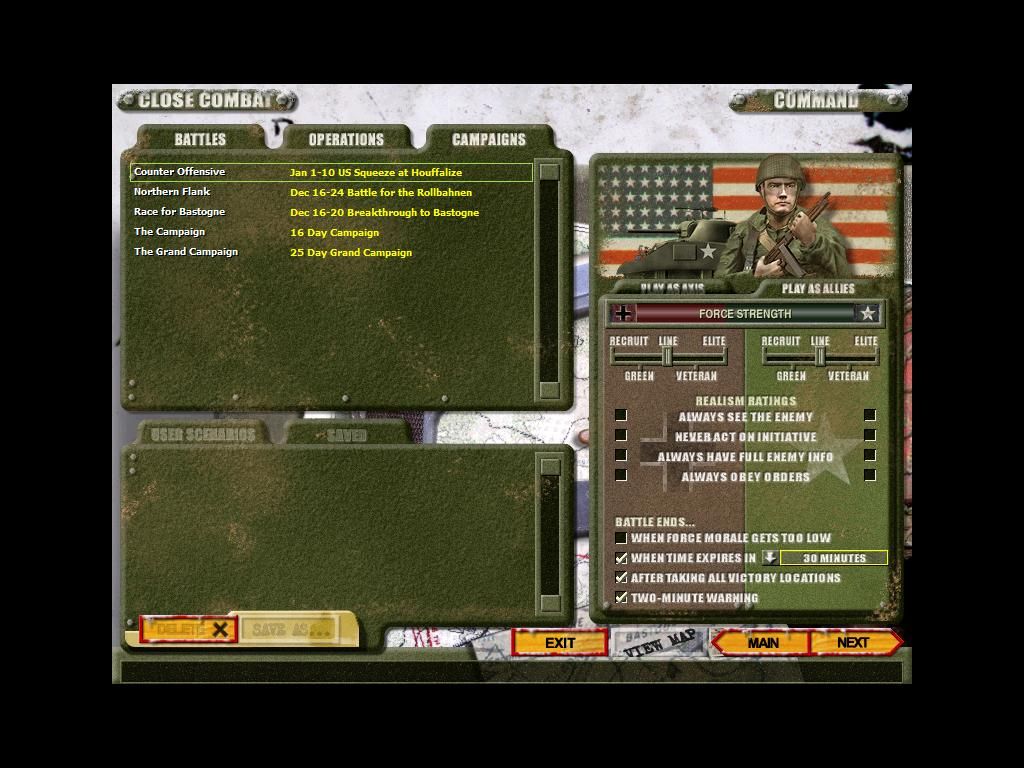
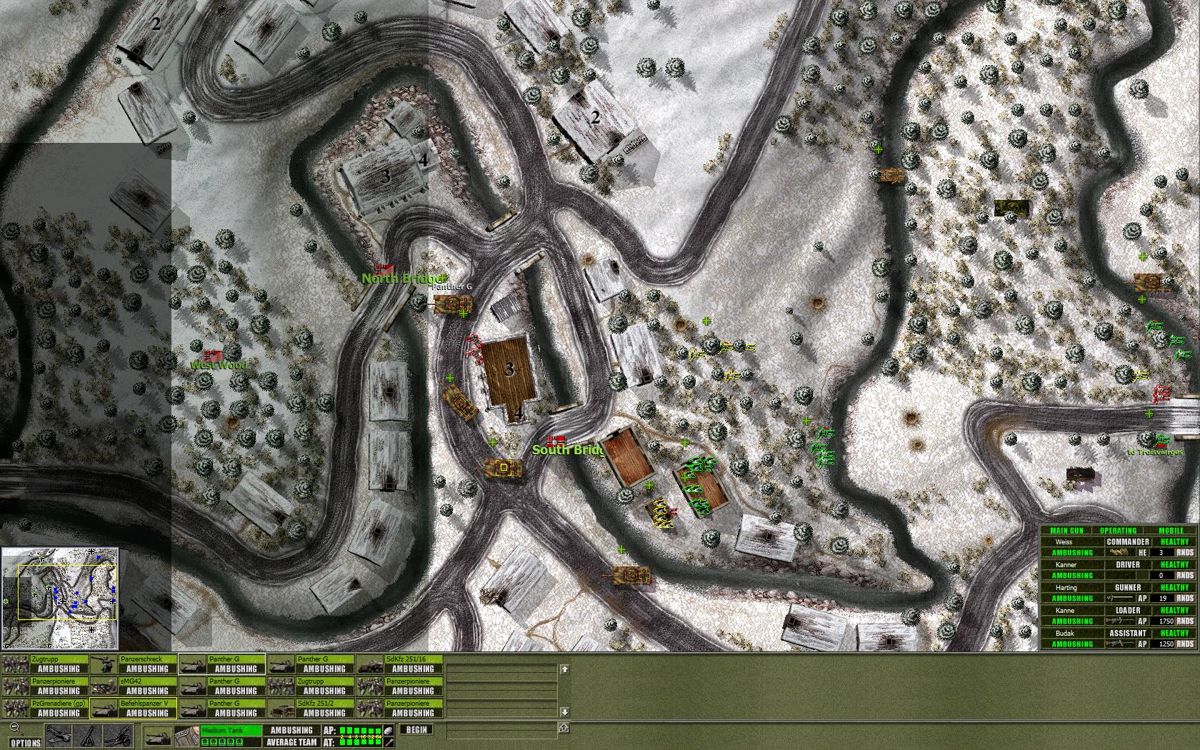
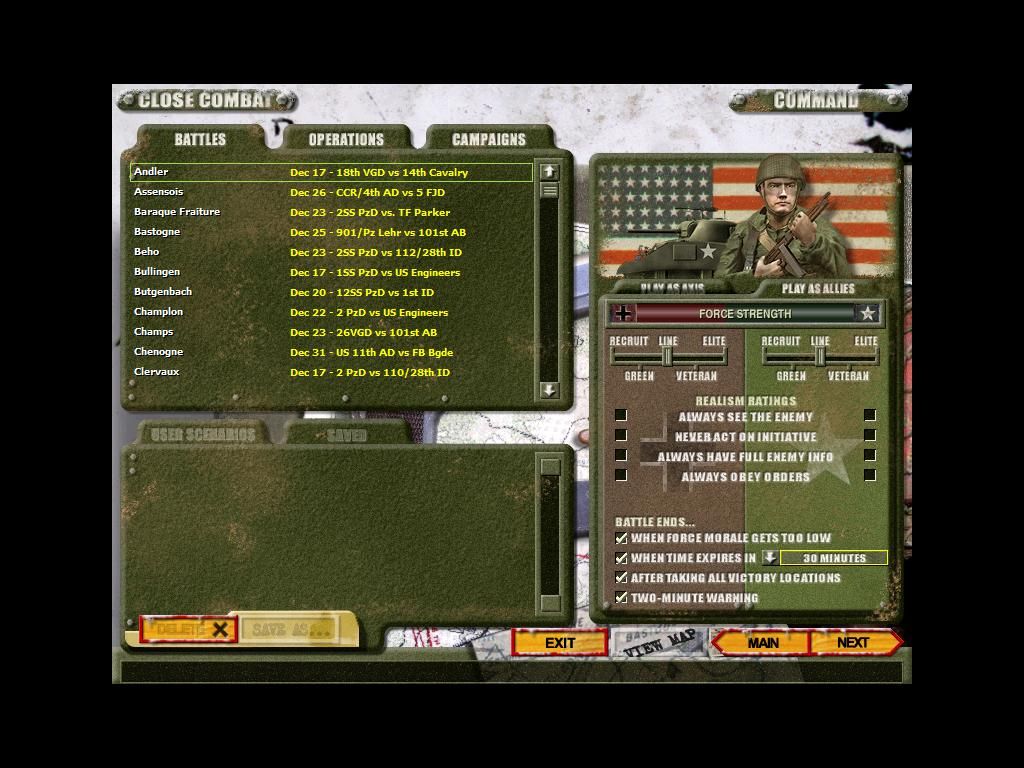
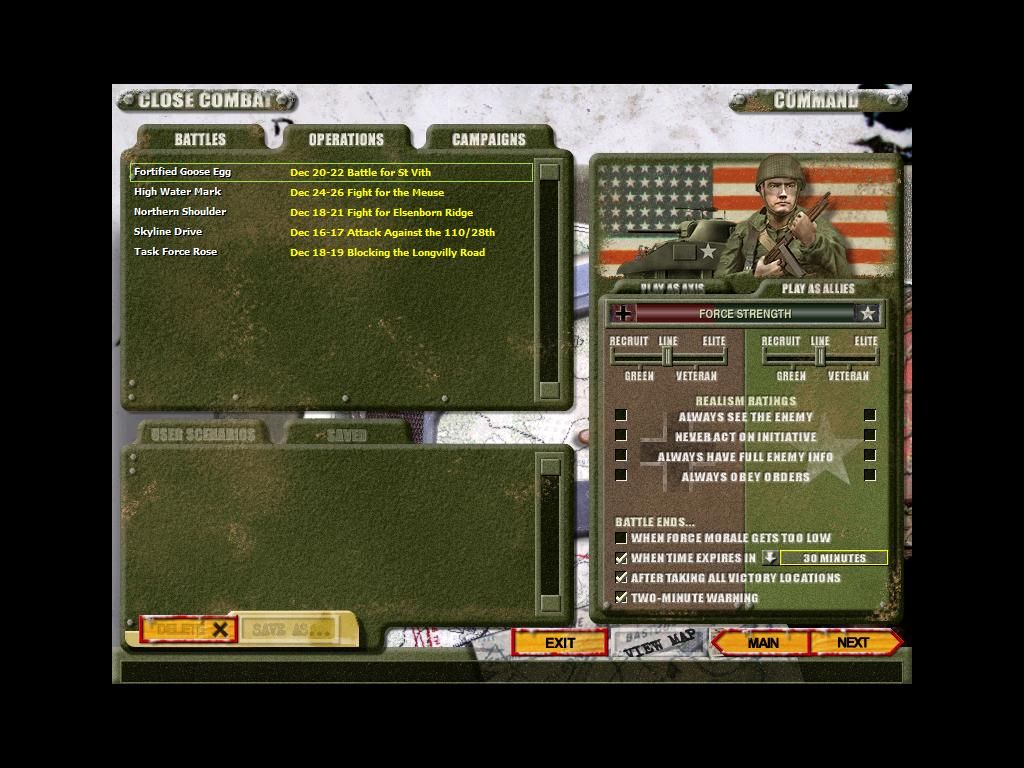



Reviews
There are no reviews yet.